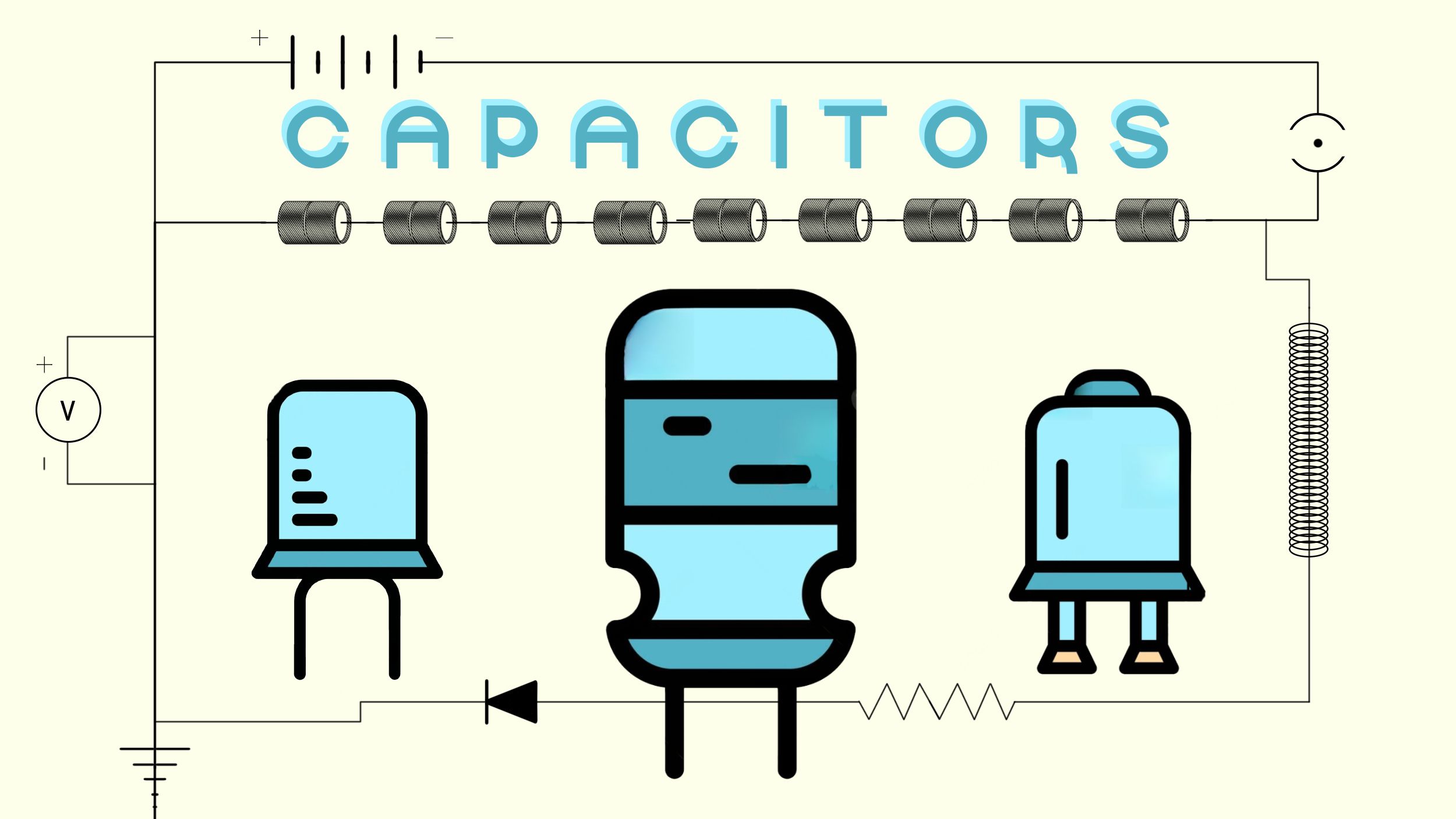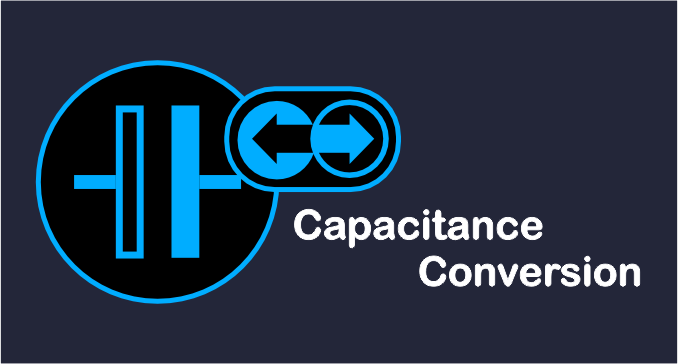Are you tired of sifting through pages and pages of search results to find what you need? Google’s got your back with Google Bard, its new AI chatbot designed to enhance your search experience. But what exactly is Bard, and how does it work?
Google recently unveiled its newest virtuoso: Bard AI. The stage was set, the spotlight shining bright, as the grand event, Google I/O 2023.
Bard provides results based on your preferences and learns from your search history to deliver more accurate results. It can even understand complex queries and provide specific answers to your questions.
In Bard, you can ask questions in a conversational manner and it can provide follow-up questions to narrow down your search even further. It’s more interactive and personalized than the traditional Google search.
How Google Bard works: The power of LaMDA and generative AI
Bard is Google’s latest AI chatbot that is designed to enhance your search experience. The chatbot uses cutting-edge technology, including the LaMDA model and generative AI, to provide you with more personalized and conversational search results.
At the heart of Bard’s capabilities is the LaMDA model, which stands for “Language Model for Dialogue Applications.” This technology allows the chatbot to understand the context of your queries and generate more natural and human-like responses.
This means that you can ask questions in a conversational manner and get relevant answers that feel like you’re talking to a real person.
Unleash the Power of Google Bard AI: Watch the Official Google YouTube Video Now!
.
Additionally, Bard leverages generative AI to provide you with more personalized search results. The chatbot can learn from your search history and preferences to deliver results that are tailored to your needs. This means that you can get more accurate and relevant results without having to sift through pages of search results.
What Google Bard can do
Bard isn’t just a search engine, it’s a multi-talented AI assistant that can help with a variety of tasks. For example, Bard can analyze images to identify objects and provide information about them. Bard can also help with coding and app integration, making it a valuable tool for developers. Additionally, Bard can provide personalized recommendations based on your preferences and search history.
Content Creation
Google Bard AI can generate high-quality content on any given topic. By analyzing existing content and drawing from a vast database of knowledge, it can produce articles, blog posts, product descriptions, and other types of content in a matter of seconds.
Language Translation
With its advanced language processing capabilities, Google Bard AI can translate text from one language to another with a high degree of accuracy. This makes it an ideal tool for businesses that need to communicate with customers and partners in different parts of the world.
Sentiment Analysis
By analyzing the tone and context of a given piece of text, Google Bard AI can determine the overall sentiment expressed in that text. This can be useful for businesses that want to gauge public opinion on a particular topic or product.
Chatbots
Google Bard AI can be used to create chatbots that can interact with customers on a website or social media platform. These chatbots can answer common questions, provide product recommendations, and even make purchases on behalf of customers.
Image and Video Analysis
With its advanced image and video recognition capabilities, Google Bard AI can analyze visual content and provide insights on its composition, content, and context. This can be useful for businesses that want to optimize their visual content for better engagement and conversion rates.
How to use Google Bard: Tips and tricks for getting the most out of it
Google Bard AI is an incredible tool that can significantly enhance your content creation process. To make the most out of this AI-powered platform, consider the following tips and tricks:
1. Familiarize Yourself with the Interface:
Take some time to explore the Google Bard AI interface and understand its various features and functionalities. Get acquainted with the different tools available, such as automated writing, language translation, and content enhancement.
2. Define Your Content Goals :
Clearly define the purpose and goals of your content before using Google Bard AI Determine whether you need to generate blog posts, articles, product descriptions, or optimize existing content.
3. Provide Clear Instructions:
When using the automated writing feature, provide clear and concise instructions to Google Bard AI. Specify the desired tone, style, and target audience to ensure the generated content aligns with your requirements.
4. Collaborate with Bard AI:
Understand that Google Bard AI is not meant to replace human creativity but rather augment it. Use Bard AI as a collaborative tool, leveraging its suggestions and recommendations to enhance your writing.
5. Stay Ethical and Compliant:
Ensure you adhere to ethical guidelines and legal requirements when using Google Bard AI. Avoid plagiarism, respect copyright laws, and verify the accuracy of any information generated by the tool.
The Future of conversational AI and Bard
Bard is just the beginning of what’s possible with conversational AI. As the technology advances, we can expect to see more AI chatbots like Bard that can provide personalized, natural language search experiences. Whether you’re a developer or just someone who wants to enhance their search experience, Bard is definitely worth checking out.
As technology continues to advance, we can expect conversational AI to play an increasingly prominent role in our daily lives.
Looking for more exciting news on the latest advancements in AI technology? Check out my latest blog post covering Google I/O Event, where I dive into the most innovative developments in the world of AI and beyond.
Don’t miss out on the cutting-edge insights – head to my blog now!

























